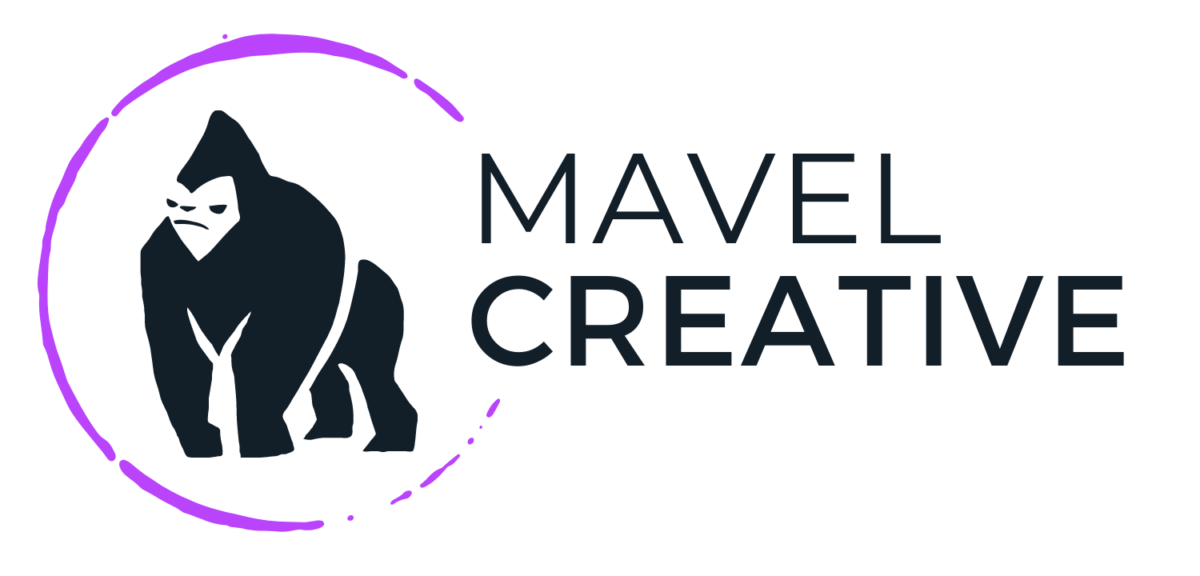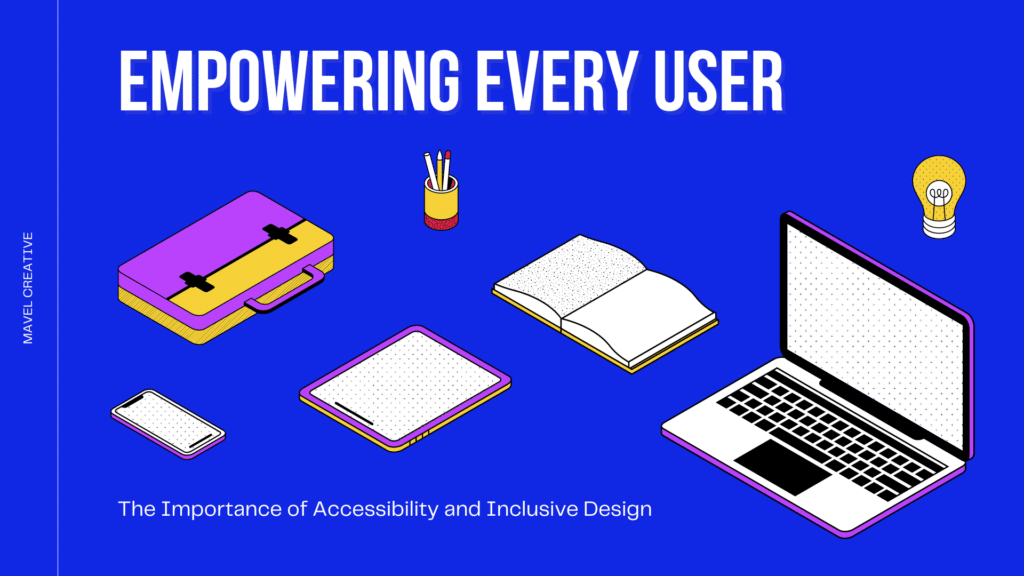In today’s digital age, the internet serves as a gateway to information, services, and opportunities. However, for millions of individuals with disabilities, navigating the online world can be a challenging and often frustrating experience. At Mavel Creative, we believe that every user deserves equal access to the web, which is why we are passionate advocates for accessibility and inclusive design practices.
Understanding Accessibility and Inclusive Design
Accessibility refers to the practice of ensuring that websites, applications, and digital content are usable by people of all abilities, including those with disabilities. Inclusive design takes this concept a step further by proactively designing products and services that accommodate diverse user needs and preferences from the outset.
Why Accessibility Matters
The importance of accessibility cannot be overstated. Here are just a few reasons why prioritizing accessibility in web design is crucial:
Equal Access: Access to information and services is a fundamental human right. By making websites accessible, we empower individuals with disabilities to participate fully in society, whether it’s accessing educational resources, shopping online, or connecting with others.
Legal Compliance: In many countries, including the United States and members of the European Union, there are legal requirements mandating that websites and digital services be accessible to people with disabilities. Non-compliance can result in costly lawsuits and damage to a company’s reputation.
Broader Audience Reach: By designing with accessibility in mind, businesses can reach a broader audience, including individuals with disabilities, aging populations, and users with temporary impairments or situational limitations.
Enhanced User Experience: Accessible design principles often lead to improvements in overall user experience for all users. For example, clear navigation, descriptive alt text for images, and well-structured content benefit everyone, not just those with disabilities.
Implementing Accessibility Features
Implementing accessibility features doesn’t have to be complex. Here are some practical steps that web designers and developers can take to make websites more accessible:
Semantic HTML: Use semantic HTML5 markup to structure content in a way that is meaningful and navigable for screen readers and assistive technologies.
Alternative Text for Images: Provide descriptive alt text for images to convey important information to users who are visually impaired or unable to view images.
Keyboard Navigation: Ensure that all website functionality is accessible via keyboard navigation alone, allowing users who cannot use a mouse to navigate with ease.
Color Contrast: Maintain sufficient color contrast between text and background elements to ensure readability for users with low vision or color blindness.
Accessible Forms: Use clear labels, error messages, and instructions in forms to assist users with disabilities in completing tasks successfully.
Video and Audio Accessibility: Provide captions and transcripts for video and audio content to make them accessible to users who are deaf or hard of hearing.
Our Commitment to Accessibility
At Mavel Creative, we are committed to creating digital experiences that are inclusive and accessible to all users. Whether we’re designing a website, developing an application, or crafting digital content, accessibility is at the forefront of our process. By embracing accessibility and inclusive design principles, we strive to make the web a more inclusive and welcoming place for everyone.
Accessibility is not just a checkbox to tick off—it’s a moral imperative and a business opportunity. By prioritizing accessibility and inclusive design, we can create digital experiences that empower every user, regardless of their abilities or limitations. Together, let’s build a web that works for everyone.
Ready to make your website more accessible? Contact Mavel Creative today to learn how we can help you create a more inclusive online presence.





